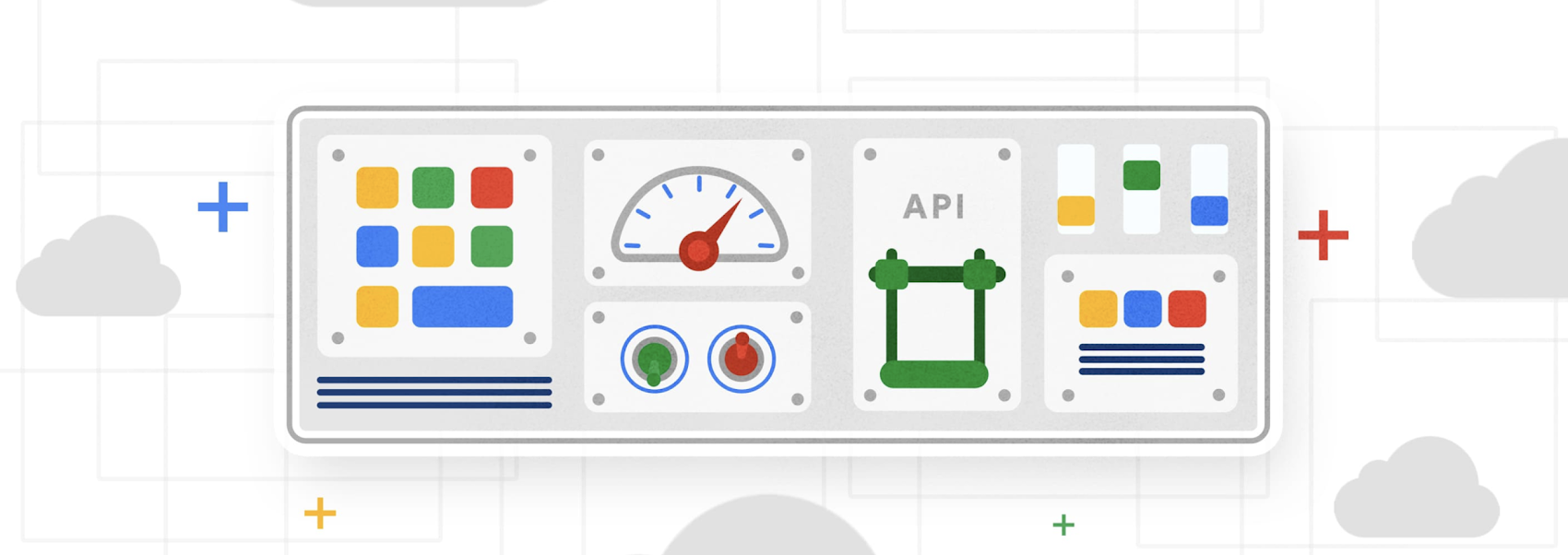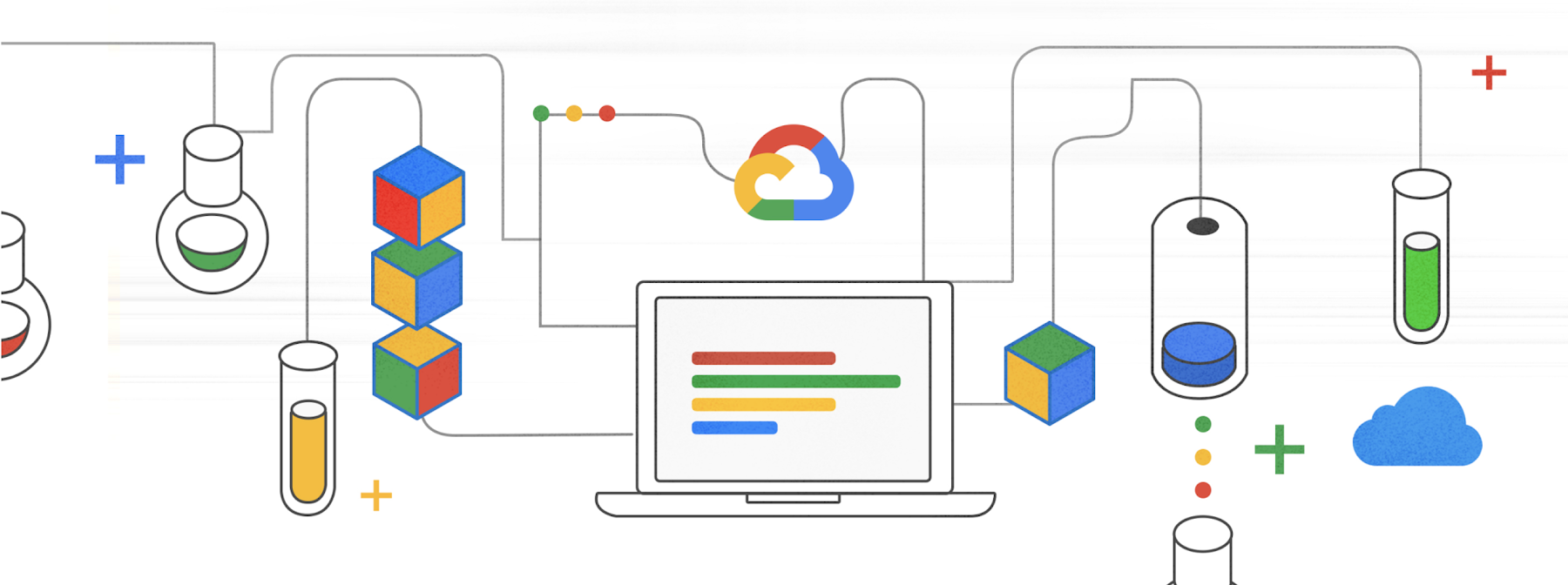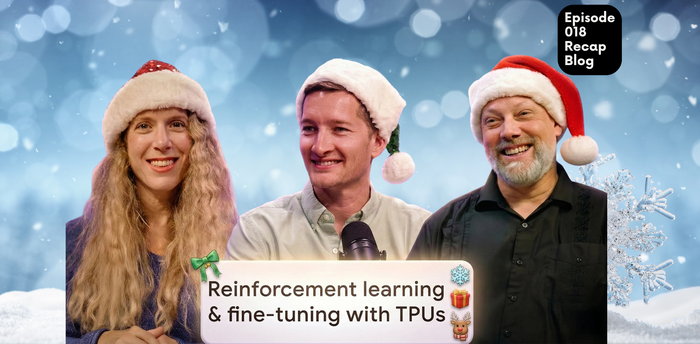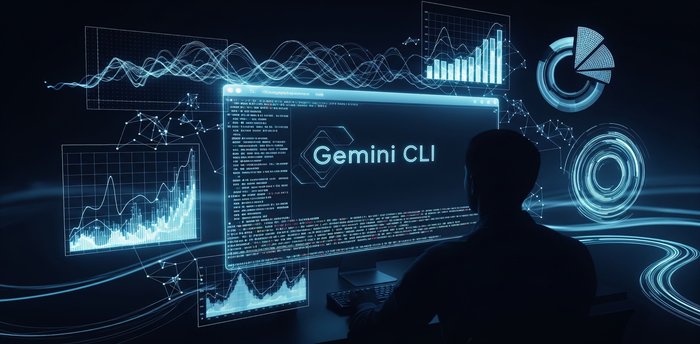The bots are here: Use RPA and AI to automate digital tasks
Stephanie Wong
Head of Developer Skills & Community, Google Cloud
The bots are coming! But don't worry, they're here for the boring stuff.
Robotic Process Automation, or RPA to you acronym lovers, is all about AI-powered digital critters that take over repetitive and manual tasks, like receiving an invoice, extracting the data, and then entering that data into a bookkeeping system.
RPA has been popular with CIOs as an emerging technology that streamlines enterprise operations. It fits well in the trend towards business process automation and higher levels of abstraction for developers, akin to serverless technologies. With RPA, you can automate mundane rules-based processes, enabling you to devote more time to serving customers, improving products, and other high-value work.
Since they liberate developers, Google Cloud sees RPA bots as an investment in the future. In a strategic, multiyear collaboration, Automation Anywhere—a leader in RPA—will be working with Google Cloud to enable customers to scale application automation using API management, low- or no-code development, and the development of ML workflows. Automation Anywhere’s Automation 360 platform will be available on Google Cloud (generally available in May 2021), and together they will bring RPA capabilities to multiple Google Cloud products, including Apigee, AppSheet, and AI Platform.


Let's face it, we developers could use a break. With the digital acceleration that was spurred by COVID over the last year, developers have been spending more time on data entry, managing an ever growing number of APIs, and making sure cloud-native apps integrate with legacy on-premises systems. When existing software doesn’t provide the necessary APIs, users and developers spend time and resources performing work that feels… well, robotic.
We’ve already seen an increase in companies applying RPA technologies to automate mundane tasks in invoice processing, call center workflows, and employee onboarding. Through business logic, RPA captures and interprets data from applications for processing transactions, manipulating data, triggering responses, and communicating with other digital systems.
Where does RPA fit in?
RPA fits well with the Google Cloud quest to offer more serverless and event-driven architectures. Cloud Workflows, launched in January 2021, enables you to orchestrate and automate Google Cloud and HTTP-based API services with serverless workflows. It’s service-oriented, and you can chain events in large emergent systems. Combining Cloud Workflows with other serverless products, such as Cloud Functions and Cloud Run, you can call external APIs to create flexible serverless applications.
On the data processing side, Cloud Composer is a fully managed data workflow orchestration service that lets you author, schedule, and monitor pipelines. It’s well suited for data processing pipelines (for example, batch processing and ML workflows).
RPA complements the serverless world by welcoming ML and AI into the picture. It uses AI to automate clunky business processes that usually involve manual, human-centric work. At the same time, it complements the AI world, like Google Cloud’s DocumentAI or Lending Doc AI. You can, for example, reduce the time it takes to move a lending application from start to finish by using Document AI to automate manual “stare and compare” work during the lending process and use RPA bots to connect this process to other systems, for instance, a cloud-based lending platform.


I think the opportunity for RPA lies in industry-specific use cases in financial services, manufacturing, healthcare and life sciences, telecommunications, retail, and the public sector. RPA can handle the previously painstaking work of hunting for information hidden in documents and sheets (unstructured data in the form of XML files, web server logs, sensor data, emails, and images).
This is why Apigee, AppSheet, and the Google Cloud ML APIs/AI Platform are a sensible launchpoint for RPA in the Google Cloud ecosystem. These low-code, API management, and ML-focused products pair well with Automation Anywhere’s ability to integrate computer vision, natural language processing, and ML to automatically classify, extract, and validate information from business documents and emails. The Automation Anywhere IQ Bot, for example, can uncover unstructured data and enable the automation of these processes (for example, extracting numerical data, performing calculations, and transferring results into another application).
Meanwhile, Apigee acts as the API full lifecycle management layer deployable as a single view across hybrid and on-premises environments. This will surface Automation Anywhere’s internal APIs and bots as well designed, secure, and managed APIs. Then AppSheet empowers you to use these fully managed APIs to build custom applications without code. Use it for approval, audits, and scheduling, with built-in connections to data sources such as Google Sheets and Salesforce.
Just because RPA bots do the boring stuff, that doesn't mean you can't be creative with them, either. You can combine products together, using RPA in conjunction with other technologies. Create an RPA bot that uses Google Cloud’s NLP API to contextually respond to FAQ emails and schedule meetings with faster-turnarounds. Meanwhile, use Cloud Workflows to process customer orders, trigger an inventory refill from a supplier, and call external APIs to notify sales reps about large orders. As they used to say, “Collect 'em! Trade 'em!”
RPA should not stand apart from your development process
Although RPA emphasizes low-code, visual techniques for defining applications and integrations, you should still think of RPA as a long-term arc and build it into your entire automated development cycle. Exception handling and data structures are still important. In a way, RPA is the inverse of software testing: Instead of creating automations designed to test a software application until it breaks, an RPA developer aims to create automations that will be resilient. Architecting and maintaining RPA bots means building them for durability, and understanding when you’re stretching them to their limits (in which case a traditional software development project might make more sense).
With Google Cloud serverless, API, and AI offerings, Automation Anywhere and Google Cloud are poised to shake things up. As we gear up for a more automated future, RPA’s non-intrusive nature can help you make the most of existing infrastructure without causing disruption to underlying systems, opening up new opportunities for you to work on less robotic tasks.
If you’re keen on exploring what a no-code development journey looks like, check out the AppSheet quickstarts here.
To keep up with the latest on Google Cloud, follow me on Twitter @stephr_wong.



